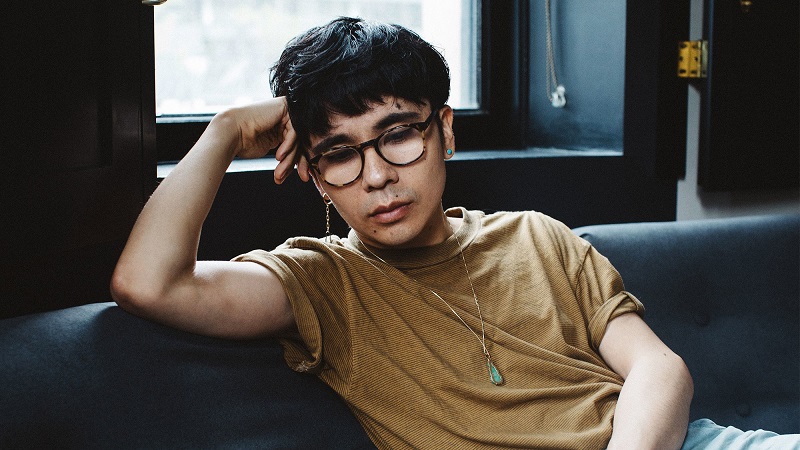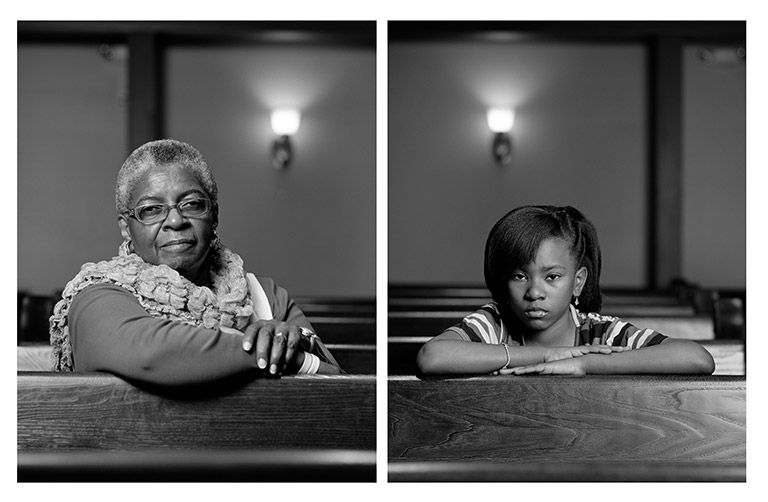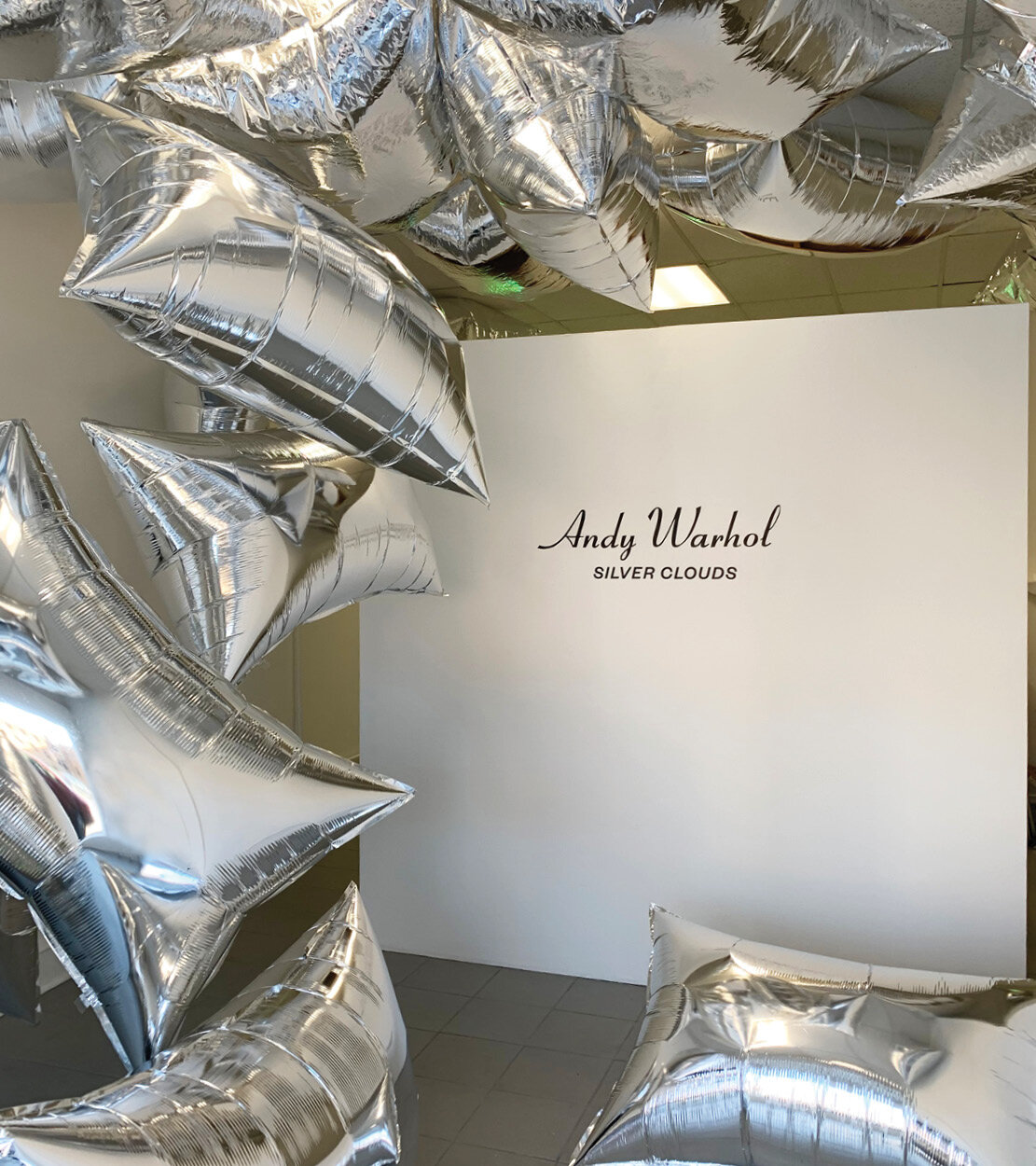This post is a selection of quotes from Ocean Vuong's article, The 10 Books I Needed to Write My Novel. These quotes speak to me about how we each must find our own way to tell our own story and set that story in the larger society in which we live. Vuong emphasizes metaphor as a way to make the specific general and the general specific. He references kishōtenketsu, a Chinese (also Korean and Japanese) narrative form "without conflict", that further informed his work. His novel is not about a narrative arc, but about the qualities of experience and how experience shapes our lives.
 |
| Ocean Vuong - LitHub.com |
Vietnamese refugees, for example, use metaphor as a coping mechanism; metaphor provides a way to talk about trauma without stating the experience outright.
The metaphor in the mouths of survivors became a way to innovate around pain. ... “papaya seeds scraped out of you” ... “the doorway of your body broken into” ... “get on the road” ... to render the horrific via an alternative speech act
write about American violence without it becoming vital to the novel’s arc ... violence becomes fact and not a vehicle towards a climax
Through Kishōtenketsu, violence becomes fact and not a vehicle towards a climax.
these people ... exist as they are, full of stories but not for a story
a writer’s growth is often a slog, the slow burn of reading and trying and failing when, finally, by some luck or mercy, the book you’re reading turns into a torch in your hands ... with it you make a sentence so new and exacting to your desire that it startles you into a new vision, a new life, one that exists through the presence of elders before you, both here and gone and some nearly forgotten but never lost
Theresa Hak Kyung Cha, Dictee
a necessary, orchestrated sense of disorientation as a method of enacting displacement, trauma, and national and private grief
courage to stop seeing historical trauma as something that has to be refurbished in order to achieve “fine art,” and more so that fracture, even incomprehensibility, can be a powerful conscious mode of storytelling, one that interrogates colonialist gauges of successful art-making without forsaking its central thrust: to tend and hold close the bodies expelled by canonical narratives
documents and family albums ... as evidence of erased histories
Toni Morrison, Beloved
a refugee narrative ... survival as an act of creation
the power of protection through love—even if it means committing the ultimate act of rescue: death
nothing is “too much” or “indulgent” if it is true
refugees as survivors with agency ... who must now furnish a future within incomprehensible aftermaths ... worthy and exceedingly beautiful
Anne Carson, Autobiography of Red
contemporary vision of rural queer life, the isolation of art making and the brutal repercussions of favoring interiority in a patriarchal system
refusal to enact her protagonist’s development via a false and forced inhabitation of heteronormative ideal ... he bravely embodies his otherness, or “monstrosity”
insists on the necessity of alterity as agency instead of succumbing to the readily assimilative
Herman Melville, Moby-Dick
employs the autobiographical gaze to suggest radical modes of queerness, polytheism as progressive self-knowledge, expansive meditations on whiteness, both in regards to ... purity and to race, ... forges the allegory of the hunt as a doomed American quest for self-knowledge
What would happen if all modes of voices, themes, threads, systems of knowledge and influence were potent in equal measure within the novel’s temporal investigation?
quick detours and returns, while still retaining the vital urgency and vulnerability of a direct address
James Baldwin, Go Tell It on the Mountain
the autobiographical novel ... serves as a map of one’s journey towards art. It says, essentially, that a writer of color does not arrive at the literary table, as is often believed, in spite their geographical and cultural roots, but because of them, that those origins, complex and rich with joy and challenges, were foundations within their praxis—not shackles that denied them an imagination.a map of passage wherein a gay black writer garners self-knowledge through the careful, thorough, and luminous rendering of his elders, which includes their flaws, triumphs, and the near-obliterating effect of American racism on their minds and bodies
lê thị diễm thúy, The Gangster We Are All Looking For
oscillation and destabilization as a mode of inquiry and storytellingmultiple points of view, voices and non-linear time ... builds a narrative that feels, at times, more like landscape art than writing—all to a tremendous embodied effect
such rules can be consciously rejected because their rubrics were made without considering the bodies her book holds—even at this risk of rendering it, in the eyes of critics trained to recognize and celebrate hegemonic styles, as nonsensical or wrong
a bold and empowering refusal of conformity in search of other ways of speaking and being
Virginia Woolf, To the Lighthouse
privileging characters, people and ideas over “story”insistence on the extended metaphor (near Homeric at times) as a means of destabilizing the temporal function of plot
What is real when the metaphor becomes just as felt, if not more so, than the narrated life, when it becomes a portal?
David Wojnarowicz, Close to the Knives: A Memoir of Disintegration
sentences are attempts at laying ground within a community disintegrating before his eyes and voice ... a testament to queer innovation and survival—but also the residue of a boy’s coming of age in broken homes in New Jersey to an equally blighted yet life-savingly vibrant New YorkScott McClanahan, Crapalachia: A Biography of Place
Kafka’s credo that a book should be the axe that shatters the icy soul of our interiora personal reclamation of falsehoods
commitment to wonder and awe. It looks at a region that is deemed blighted beyond repair by outsiders and insists that the sublime, under the writer’s honest and unflinching gaze, is made as true and palpable within the text as it is for those who live, dance, and die there.
Jenny Offill, Dept of Speculation
refreshed demand for the reader to participate in the novel’s arc, each gap, like stanza breaks in a poem, both asks and allows us to feel the emotional pressures made resonant through associative leaps ... it demands charged and complicated emotive renderings to carry into white space without thorough bridges and narrative connectionsThe Ten Books
The ten books with their original publication date and links to WorldCat. Find them in a library, on a friend's bookshelf, at your favorite bookseller. For some of books, WorldCat seems to have problems finding the primary work. In those cases, I've linked to Wikipedia. Where that was a problem, I've used the publisher's website or other public reference to the work.Theresa Hak Kyung Cha, Dictee (1982)
https://www.worldcat.org/title/dictee/oclc/934382058/editions?sd=asc&start_edition=1&referer=di&se=yr&qt=sort_yr_asc&editionsView=true&fq=
Toni Morrison, Beloved (1986)
https://www.worldcat.org/title/beloved/oclc/1103218478/editions?sd=asc&start_edition=1&referer=di&se=yr&qt=sort_yr_asc&editionsView=true&fq=
Anne Carson, Autobiography of Red (1998)
https://www.worldcat.org/title/autobiography-of-red-a-novel-in-verse/oclc/936978774/editions?sd=asc&start_edition=1&referer=br&se=yr&qt=sort_yr_asc&editionsView=true&fq=
Herman Melville, Moby-Dick (1851)
https://en.wikipedia.org/wiki/Moby-Dick
James Baldwin, Go Tell It on the Mountain (1953)
https://www.worldcat.org/title/go-tell-it-on-the-mountain/oclc/921863962&referer=brief_results
lê thị diễm thúy, The Gangster We Are All Looking For (2003)
https://www.worldcat.org/title/gangster-we-are-all-looking-for/oclc/59305817?referer=br&ht=edition
Virginia Woolf, To the Lighthouse (1927)
https://en.wikipedia.org/wiki/To_the_Lighthouse
David Wojnarowicz, Close to the Knives: A Memoir of Disintegration (1991)
https://www.penguinrandomhouse.com/books/193049/close-to-the-knives-by-david-wojnarowicz/
Scott McClanahan, Crapalachia: A Biography of Place (2013)
https://www.worldcat.org/title/crapalachia-a-biography-of-a-place/oclc/1038596190&referer=brief_results
Jenny Offill, Dept of Speculation (2014)
https://www.worldcat.org/title/dept-of-speculation/oclc/958114711&referer=brief_results






















































